Stanton Williams’ Fleet House draws upon its Hampstead context
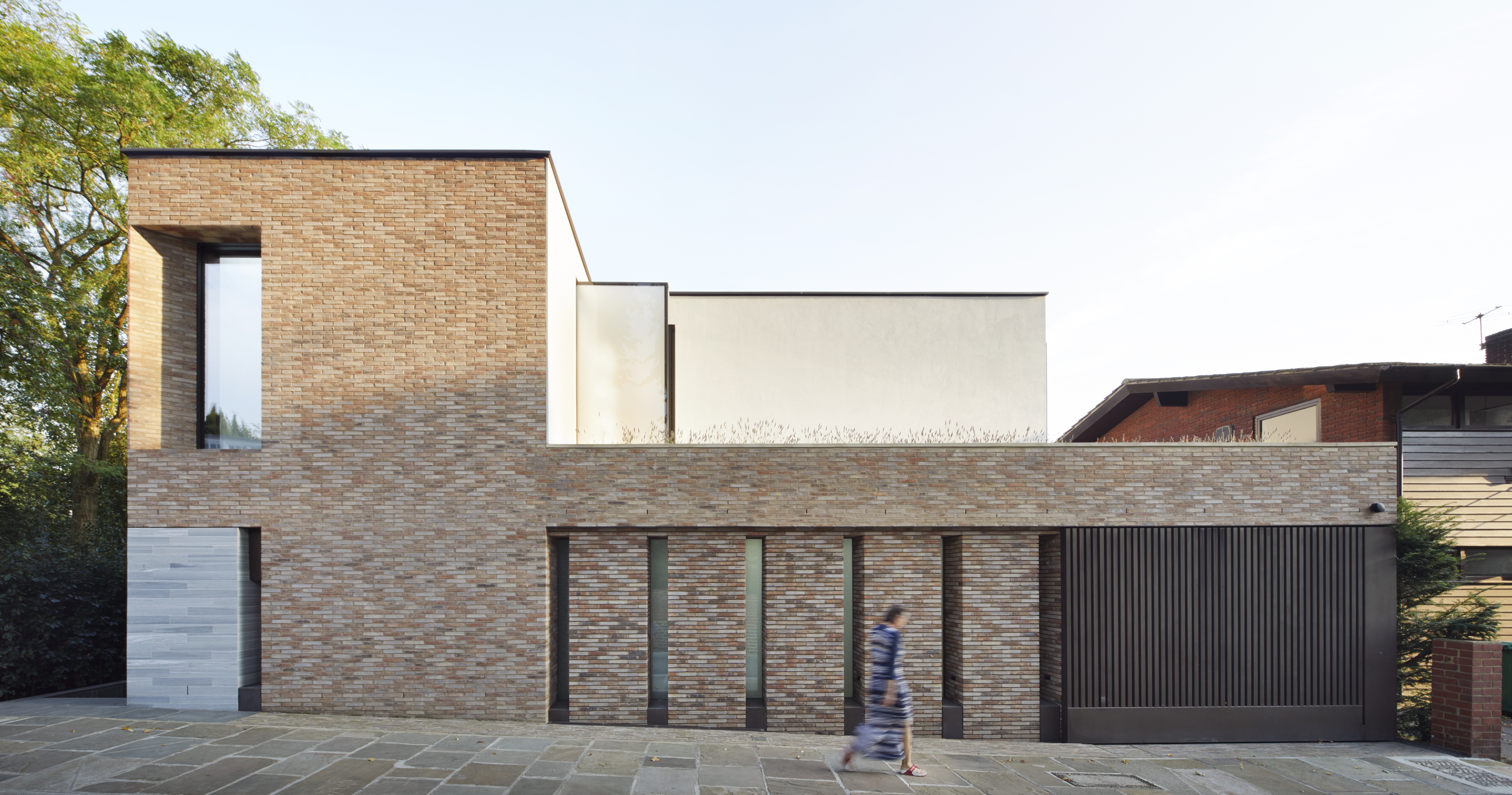
Tucked away in a sleepy corner of north London's Hampstead – one of the British capital's most picturesque ‘villages' – Fleet House is the new home of a Swedish-Japanese couple, and the tailor-made backdrop to their daily rituals, as created by architecture practice Stanton Williams.
Built to replace an existing structure (of no particular architectural character) in the Hampstead Conservation Area, the project ‘reinterprets the historic Hampstead Village boundary wall tradition into a contemporary domestic concept', explain the architects. Set next to an almost-forgotten historic footpath and a stone's throw from the 17th century Fenton House, Fleet House draws heavily on its context when it comes to its composition, character and orientation.
Reinterpreting the boundary wall typology that so many Hampstead homes adopt, the architects treated the design as an ‘excavated volume'. This means, a brick volume traces the plot's boundaries, revealing little of what goes on inside – apart from a big window on the top floor that acts as a kind of viewing point. The interior and rear facade, however, tell a different story.
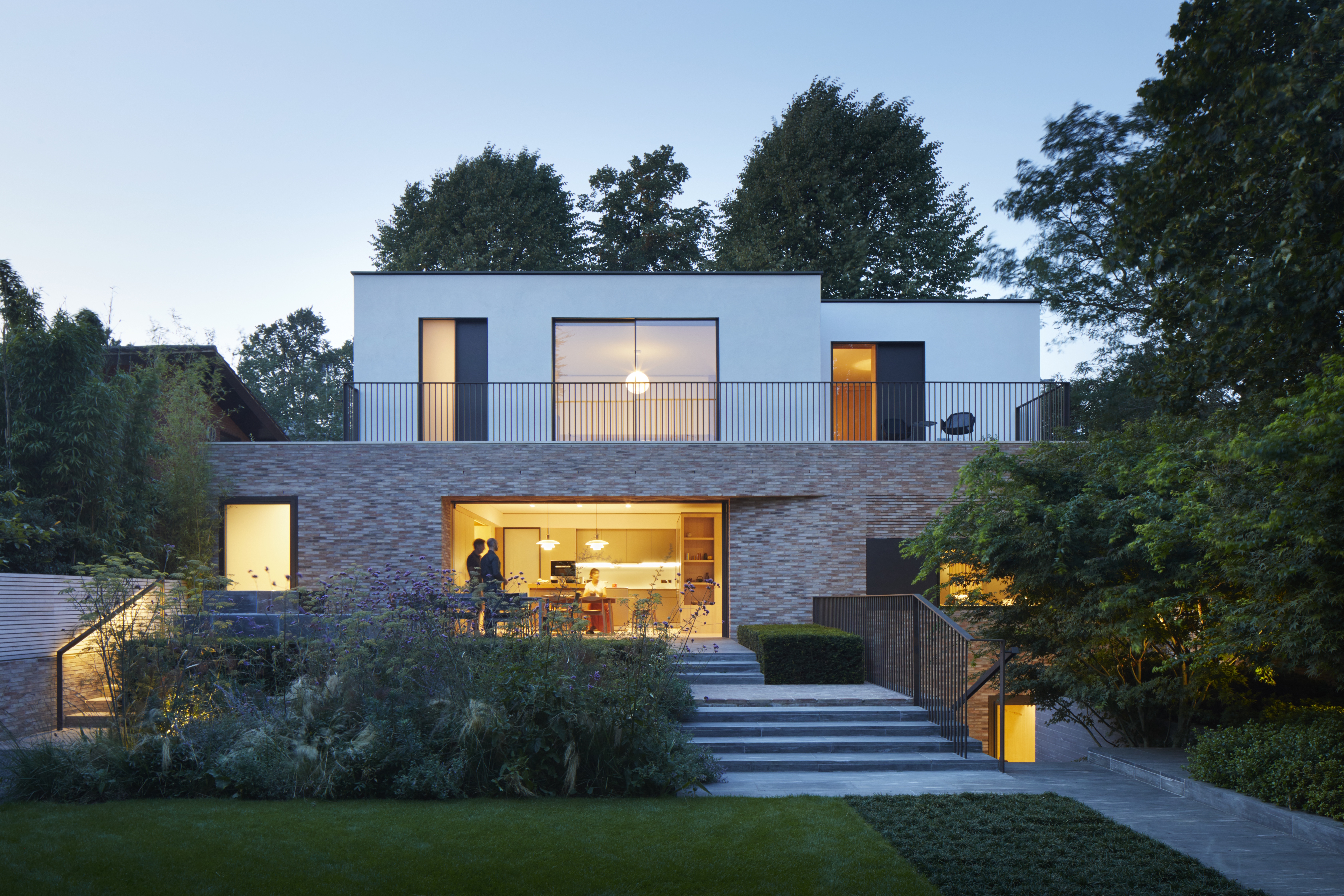
Carved out from within to create double height open interiors, views through and large openings towards the garden at the rear of the plot, inside the space feels open, light and flowing – as well as fully connected to its leafy outdoors. A triple height volume at the entrance acts as a buffer between the street and the domestic space further in. It maintains privacy and calm, while housing a generous entrance hall and a slim, elegant staircase that connects the structure's three levels.
The middle one, which spills out into the garden, contains the main living spaces, an open plan living, dining and kitchen area, along with a separate studio space and garage. The lower ground, with its gym, guest bedroom and office, can also access the garden through a series of carefully composed steps, incorporated into the landscaping. Finally at the very top the master bedroom, walk-in wardrobe and bathroom look out towards the greenery outside, alongside a second bedroom.
A sense of calm and restraint luxury is omnipresent, reflected in the architects' choice of material – natural oak, handmade brick, gneiss stone and stucco. ‘[The consistent use] offers a sense of serene infinity', they explain. ‘Long perspectives and vestibules connect domestic moments – with light always guiding the journey through, relating the inside with the outside.'
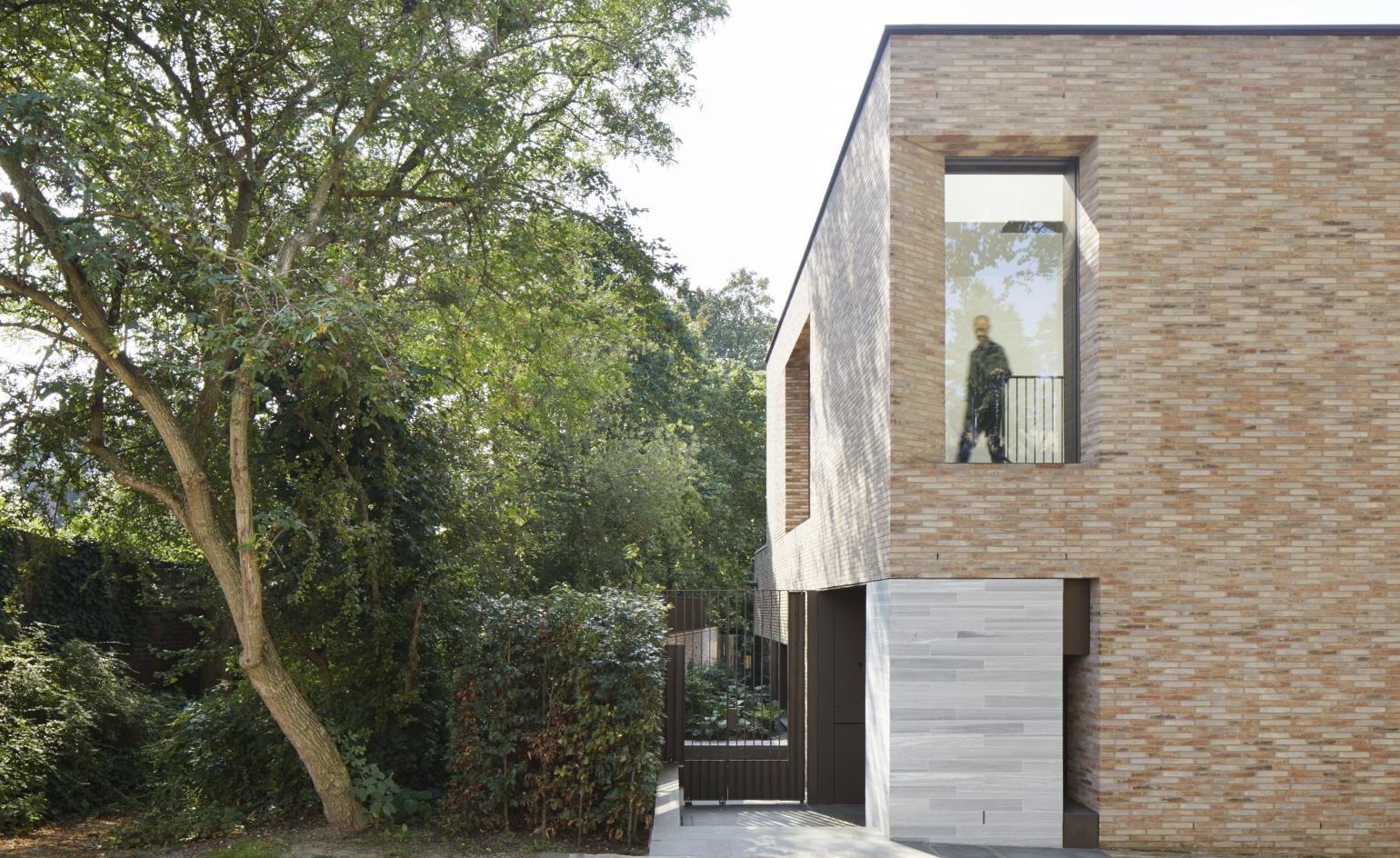
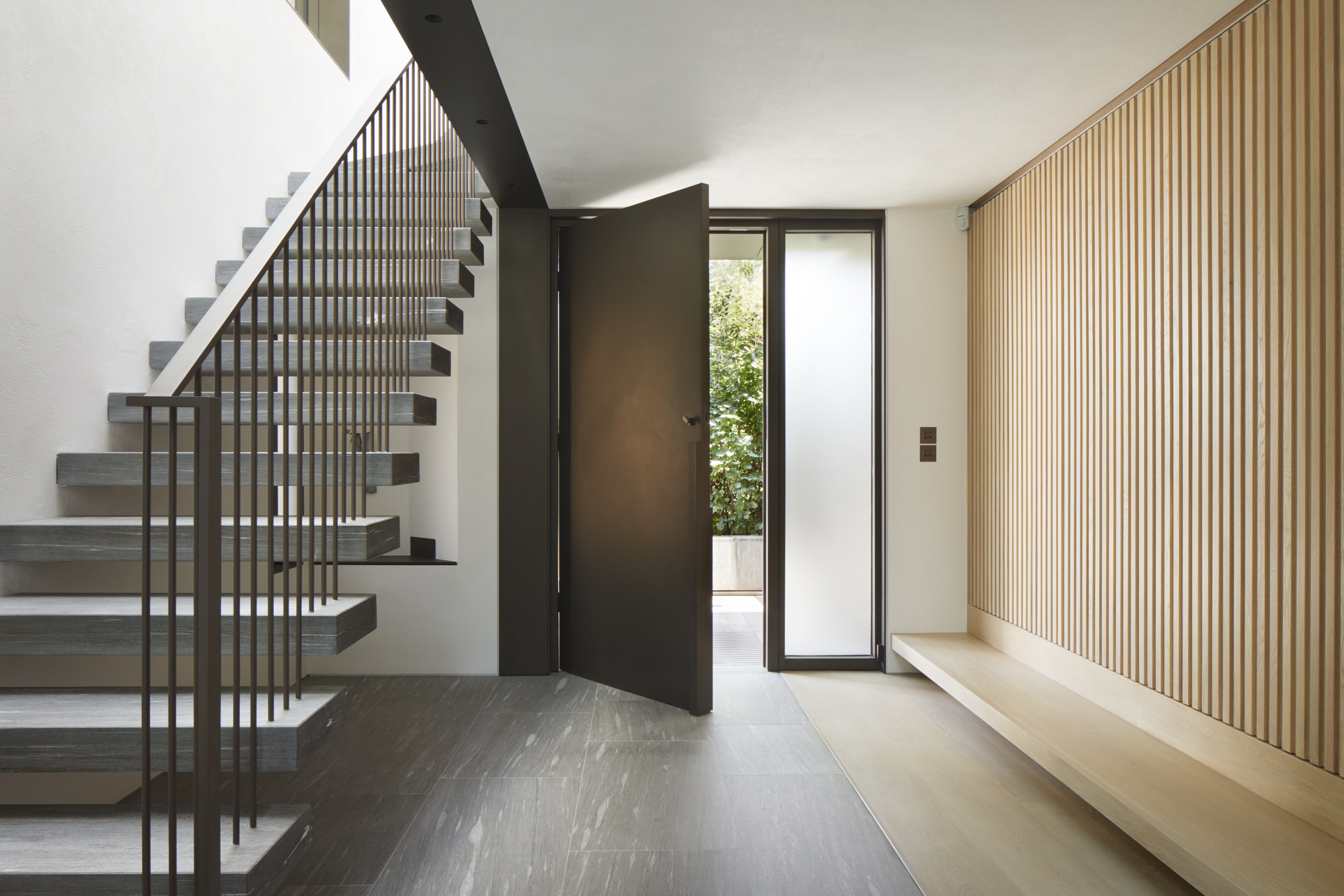





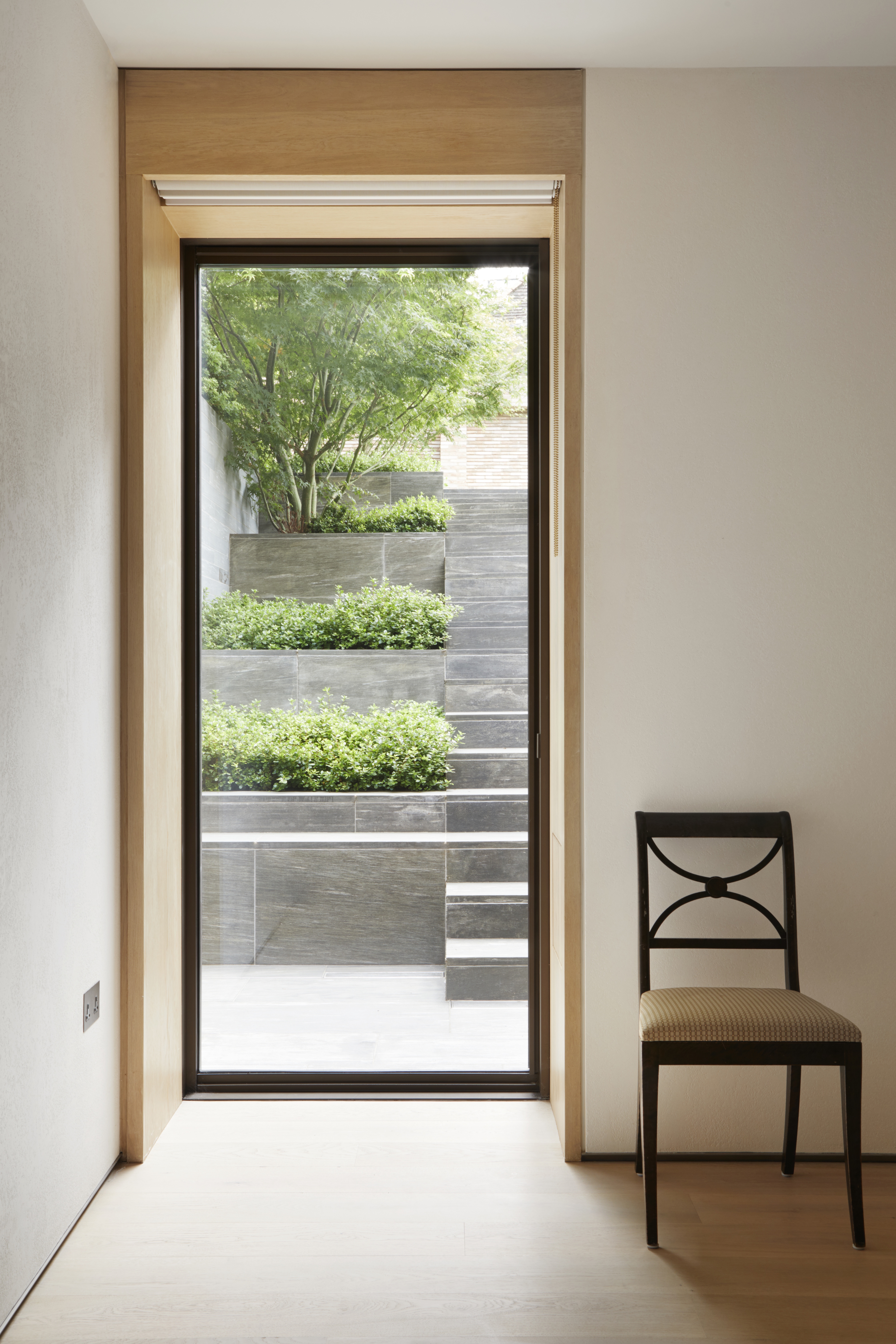

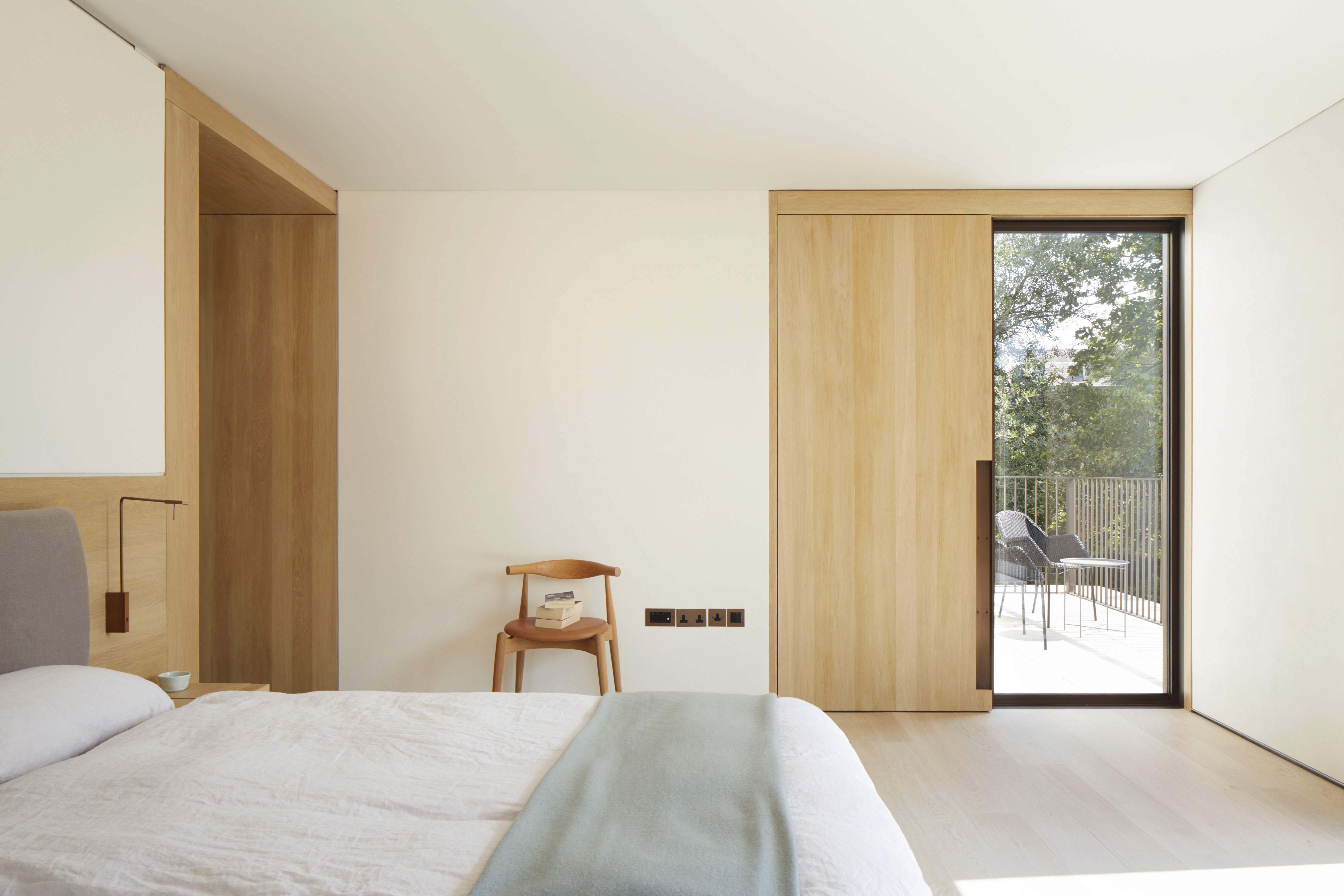
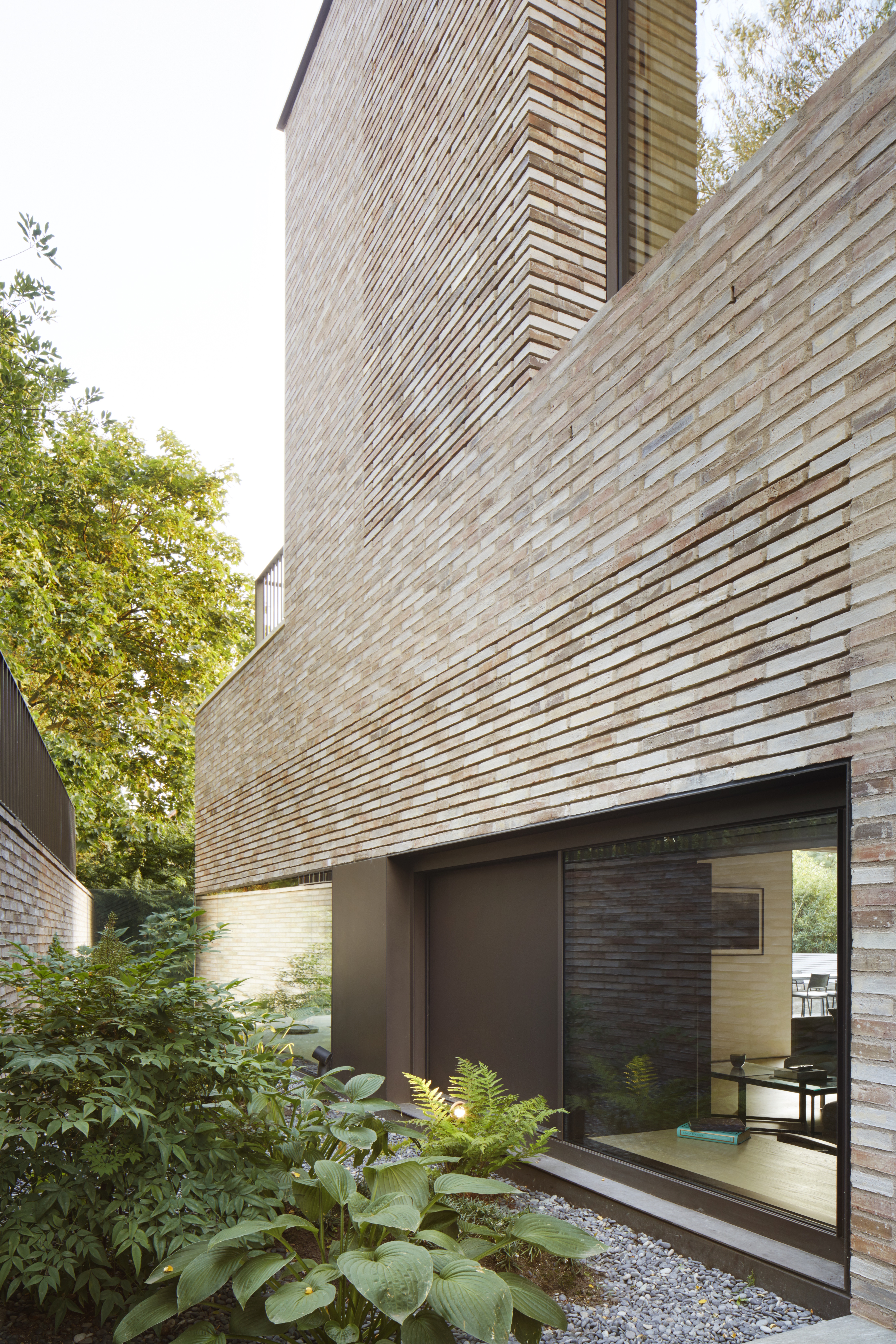
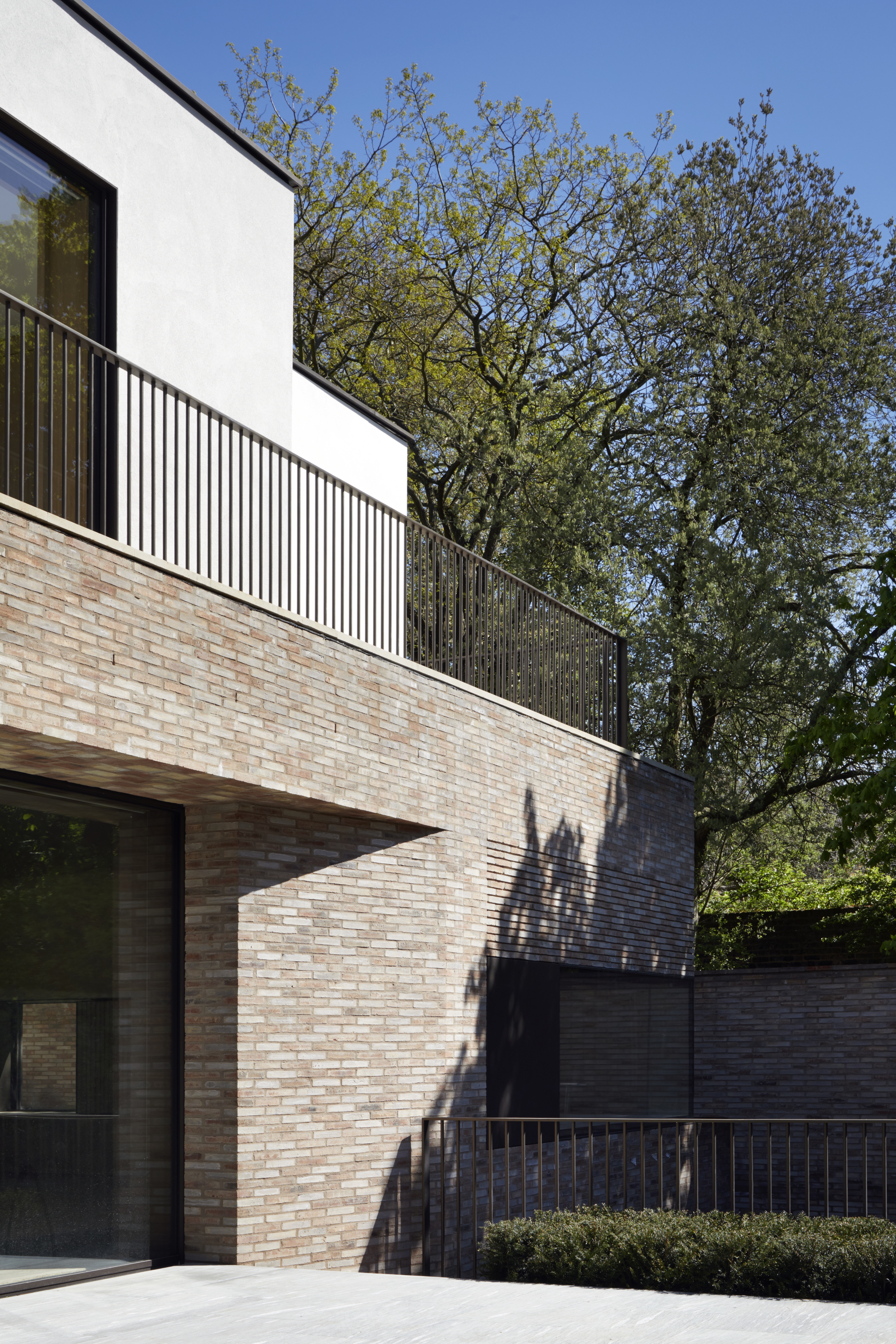

INFORMATION
Receive our daily digest of inspiration, escapism and design stories from around the world direct to your inbox.
Ellie Stathaki is the Architecture & Environment Director at Wallpaper*. She trained as an architect at the Aristotle University of Thessaloniki in Greece and studied architectural history at the Bartlett in London. Now an established journalist, she has been a member of the Wallpaper* team since 2006, visiting buildings across the globe and interviewing leading architects such as Tadao Ando and Rem Koolhaas. Ellie has also taken part in judging panels, moderated events, curated shows and contributed in books, such as The Contemporary House (Thames & Hudson, 2018), Glenn Sestig Architecture Diary (2020) and House London (2022).
-
 Men’s Fashion Week A/W 2026 is almost here. Here’s what to expect
Men’s Fashion Week A/W 2026 is almost here. Here’s what to expectFrom this season’s roster of Pitti Uomo guest designers to Jonathan Anderson’s sophomore men’s collection at Dior – as well as Véronique Nichanian’s Hermès swansong – everything to look out for at Men’s Fashion Week A/W 2026
-
 The international design fairs shaping 2026
The international design fairs shaping 2026Passports at the ready as Wallpaper* maps out the year’s best design fairs, from established fixtures to new arrivals.
-
 The eight hotly awaited art-venue openings we are most looking forward to in 2026
The eight hotly awaited art-venue openings we are most looking forward to in 2026With major new institutions gearing up to open their doors, it is set to be a big year in the art world. Here is what to look out for
-
 This modern Clapham house is nestled indulgently in its garden
This modern Clapham house is nestled indulgently in its gardenA Clapham house keeps a low profile in south London, at once merging with its environment and making a bold, modern statement; we revisit a story from the Wallpaper* archives
-
 Step inside this perfectly pitched stone cottage in the Scottish Highlands
Step inside this perfectly pitched stone cottage in the Scottish HighlandsA stone cottage transformed by award-winning Glasgow-based practice Loader Monteith reimagines an old dwelling near Inverness into a cosy contemporary home
-
 This curved brick home by Flawk blends quiet sophistication and playful details
This curved brick home by Flawk blends quiet sophistication and playful detailsDistilling developer Flawk’s belief that architecture can be joyful, precise and human, Runda brings a curving, sculptural form to a quiet corner of north London
-
 A compact Scottish home is a 'sunny place,' nestled into its thriving orchard setting
A compact Scottish home is a 'sunny place,' nestled into its thriving orchard settingGrianan (Gaelic for 'sunny place') is a single-storey Scottish home by Cameron Webster Architects set in rural Stirlingshire
-
 Porthmadog House mines the rich seam of Wales’ industrial past at the Dwyryd estuary
Porthmadog House mines the rich seam of Wales’ industrial past at the Dwyryd estuaryStröm Architects’ Porthmadog House, a slate and Corten steel seaside retreat in north Wales, reinterprets the area’s mining and ironworking heritage
-
 Arbour House is a north London home that lies low but punches high
Arbour House is a north London home that lies low but punches highArbour House by Andrei Saltykov is a low-lying Crouch End home with a striking roof structure that sets it apart
-
 A former agricultural building is transformed into a minimal rural home by Bindloss Dawes
A former agricultural building is transformed into a minimal rural home by Bindloss DawesZero-carbon design meets adaptive re-use in the Tractor Shed, a stripped-back house in a country village by Somerset architects Bindloss Dawes
-
 RIBA House of the Year 2025 is a ‘rare mixture of sensitivity and boldness’
RIBA House of the Year 2025 is a ‘rare mixture of sensitivity and boldness’Topping the list of seven shortlisted homes, Izat Arundell’s Hebridean self-build – named Caochan na Creige – is announced as the RIBA House of the Year 2025